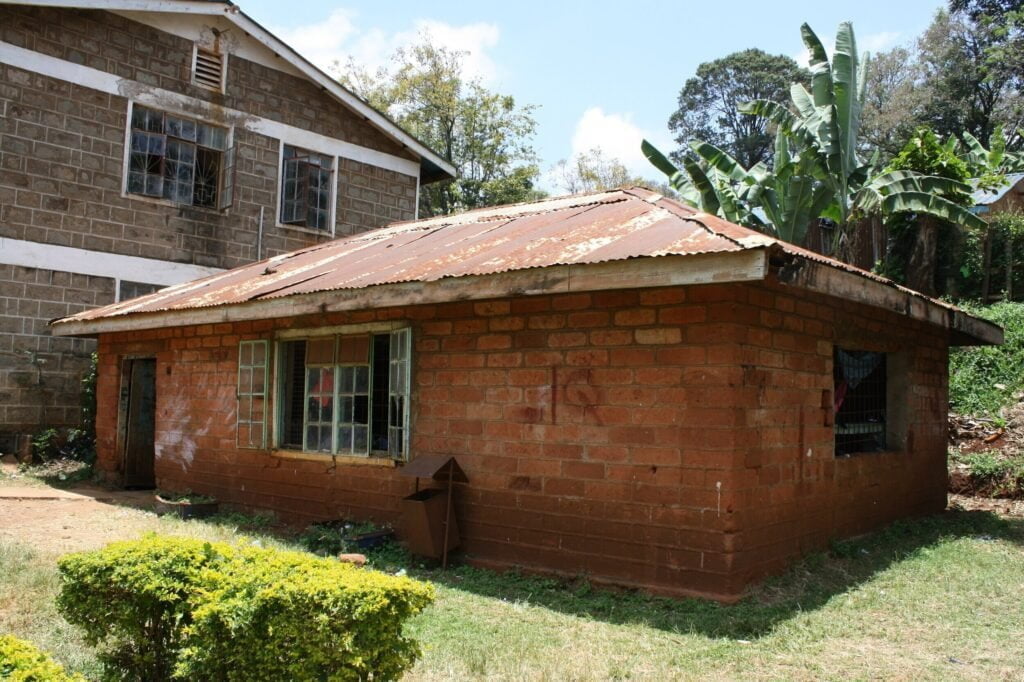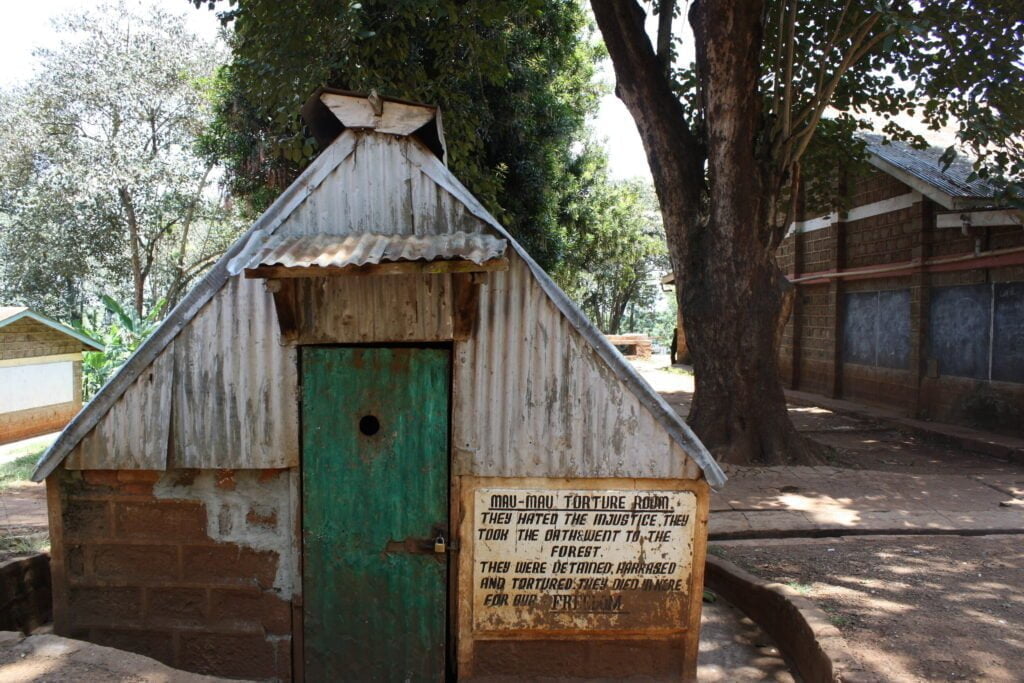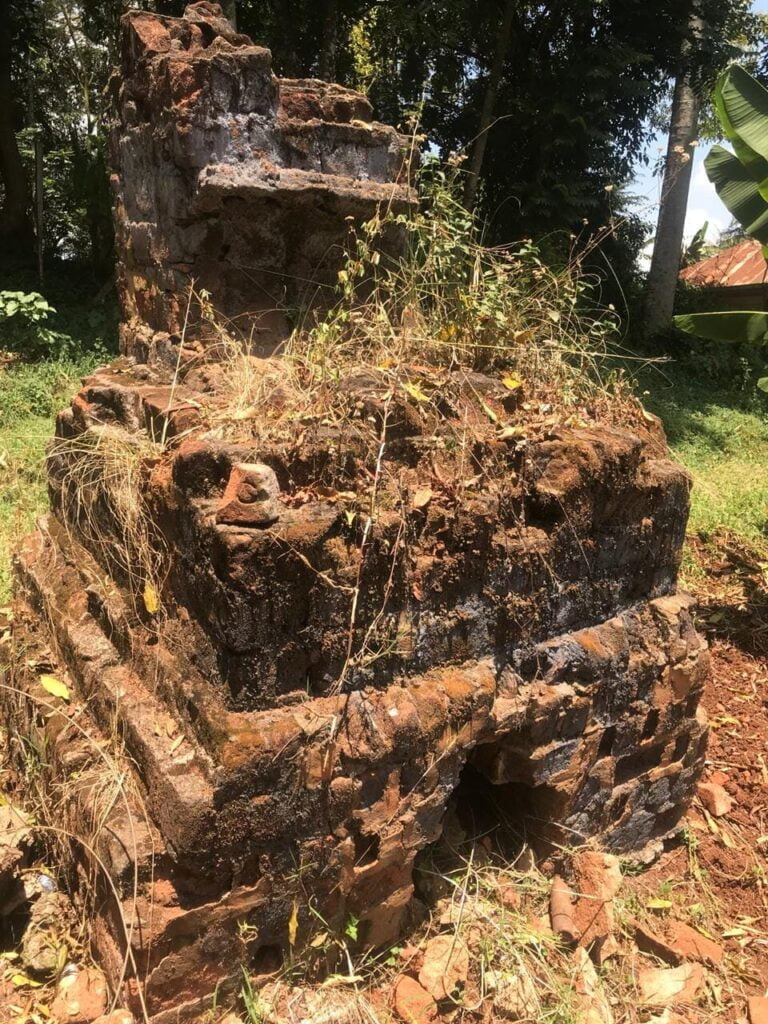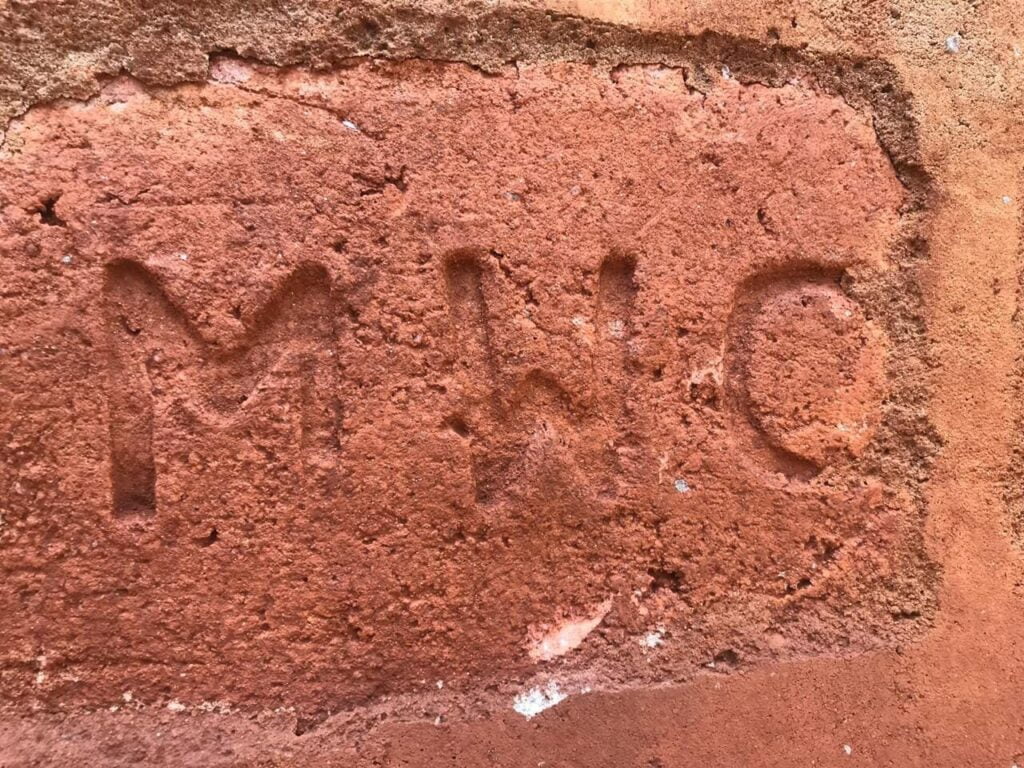EMERGENCY EXHIBITION
SITES AND STORIES OF THE MAU MAU CONFLICT
In January 2020 we held our first physical exhibition, Emergency: Sites and Stories of the Mau Mau Conflict. We held the exhibition at The Africa Centre, alongside our ‘Changing the Narrative’ event on 11th and 12th January. The exhibition comprised three sections showcasing our work uncovering and creating work relating to the Mau Mau Emergency, which took place in 1950s Kenya. Below is a digital tour of Emergency – you can also find a digital version of Emergency’s exhibition guide here and all our digital resources here.
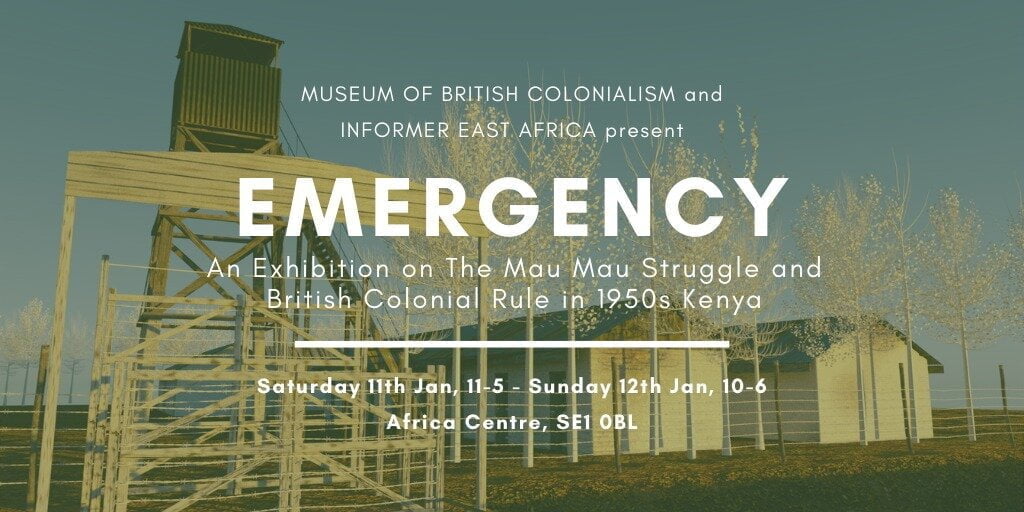
Emergency included a presentation of our field work in the Central Region, Kenya, 3D site reconstructions created in partnership with African Digital Heritage, and oral history interviews with veterans of the Emergency. The UK event was made possible with the generous support of the UCL Centre for Critical Heritage. We hope to hold a similar exhibition – and accompanying event – in Nairobi in the coming months so keep your eyes peeled on our social media for more updates!
Emergency Sites
In 2018, we created a digital map of the sites of the ‘pipeline’, the network of detention centres and work camps set up by the British colonial administration to quell the Mau Mau fight for land and freedom from British colonial rule. We created this map using a digital mapping platform (Carto) when we found it difficult to visualise the scale and reach of detention camps across the country.
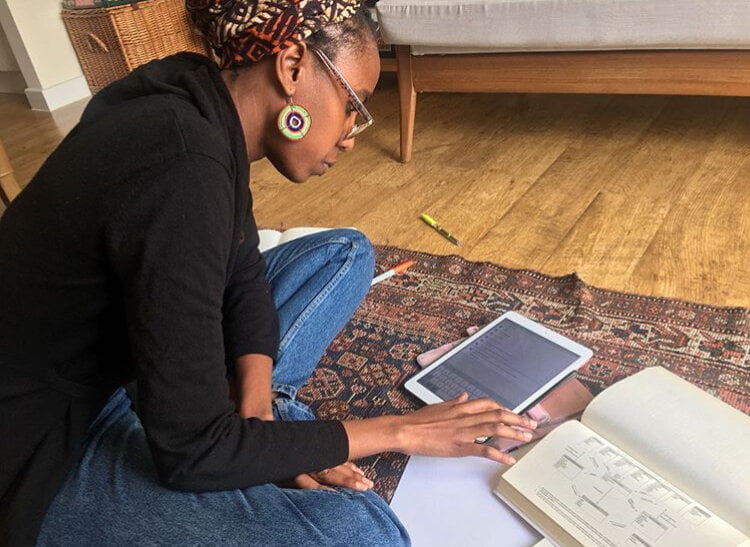
This photo shows MBC team member Chao first developing the map in another team member’s flat, by analysing material from Caroline Elkins’ book Britain’s Gulag (2005) and overlaying mentioned camp sites onto a digital map of Kenya. The points indicated on the map are not the exact locations of the camps, but are representations of the towns in which the camps were located.
The purpose of creating this was to provide a more compelling and digestible representation of the pipeline that would help audiences – and our own team – visualise the nature of the conflict and the scale of the operations.
Though we have visited several sites related to the Mau Mau conflict, Emergency focused on presenting our work at two former detention camps in Nyeri county, both repurposed as schools. You can see more of our work at Aguthi, Mweru, and other sites here.
AGUTHI WORKS CAMP
(KANGUBIRI GIRLS HIGH SCHOOL)
Aguthi was one of a number of work camps in the Central Region used to detain individuals and families considered to have ‘soft’ Mau Mau sympathies. Those who were considered ‘hardcore’ – ‘Blacks’ – Mau Mau would be taken to far off exile camps in harsh, remote areas of the country such as Lamu island or Tsavo desert.
Once they were considered rehabilitated, detainees would then be transferred to work camps such as Aguthi which were closer to home, and were often the last steps in the pipeline before one would be released back into society. After independence, detention camps around the country were either dismantled or turned into secondary schools or prisons. Today, the grounds and structures of Aguthi Works Camp have been repurposed into a girls secondary school known as Kangubiri Girls High School.
From local oral history, the word Kangubiri is said to be a Gikuyu corruption of the English phrase “You can go free”, rumoured to have been uttered by camp commandants when detainees were considered ‘cured’ of Mau Mau sympathies and allowed to reintegrate into society. This attests to the fact that Aguthi works camp was indeed one of the last stages of the pipeline.
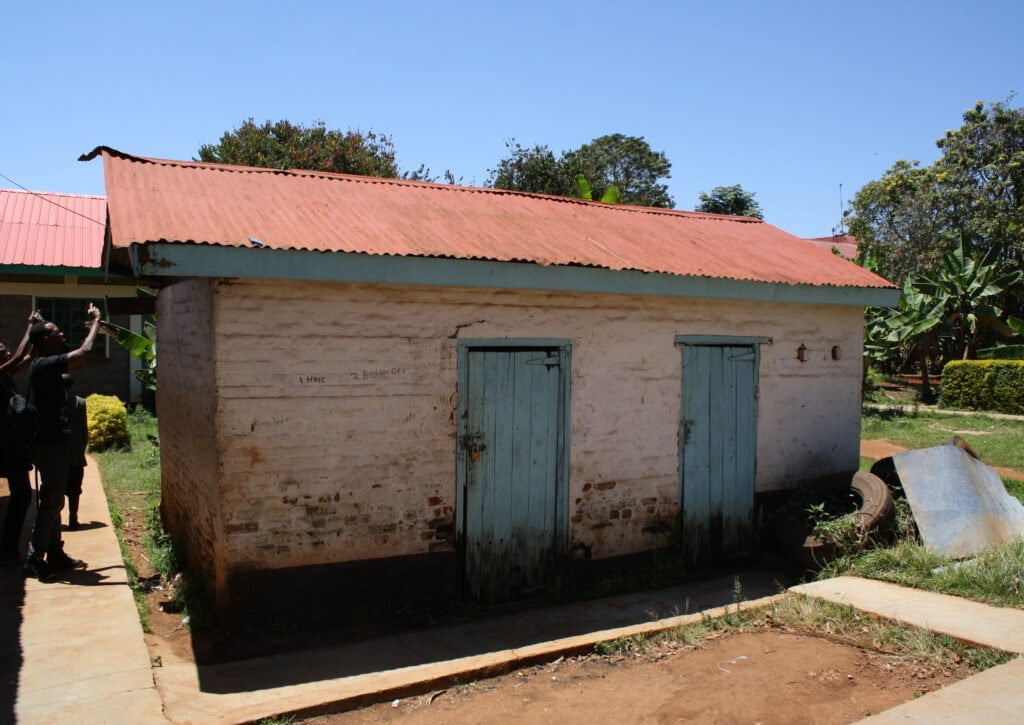
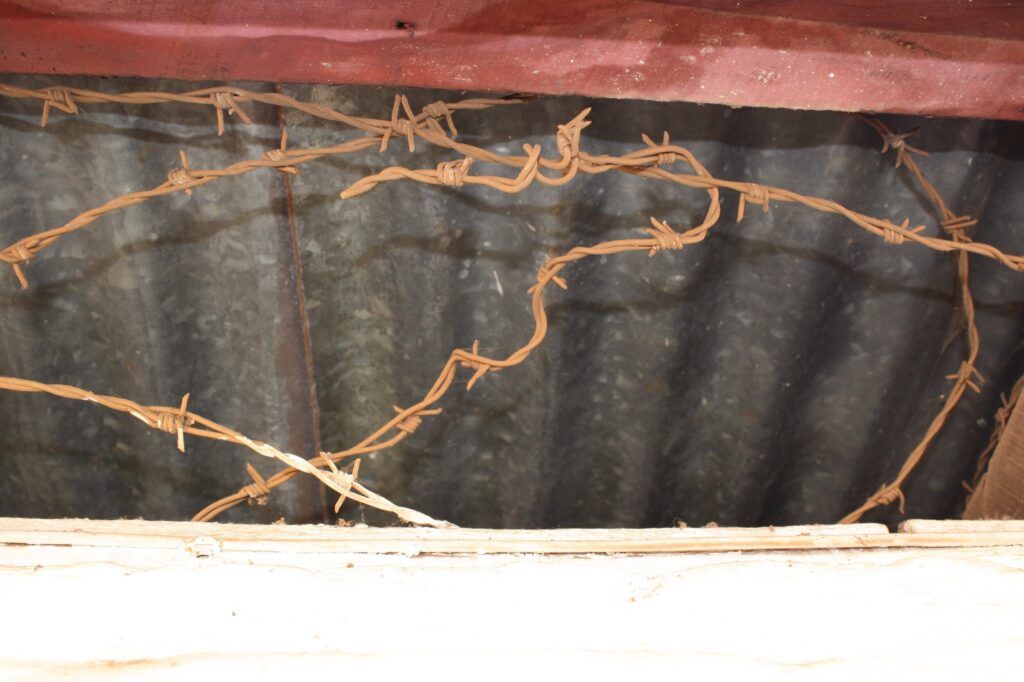
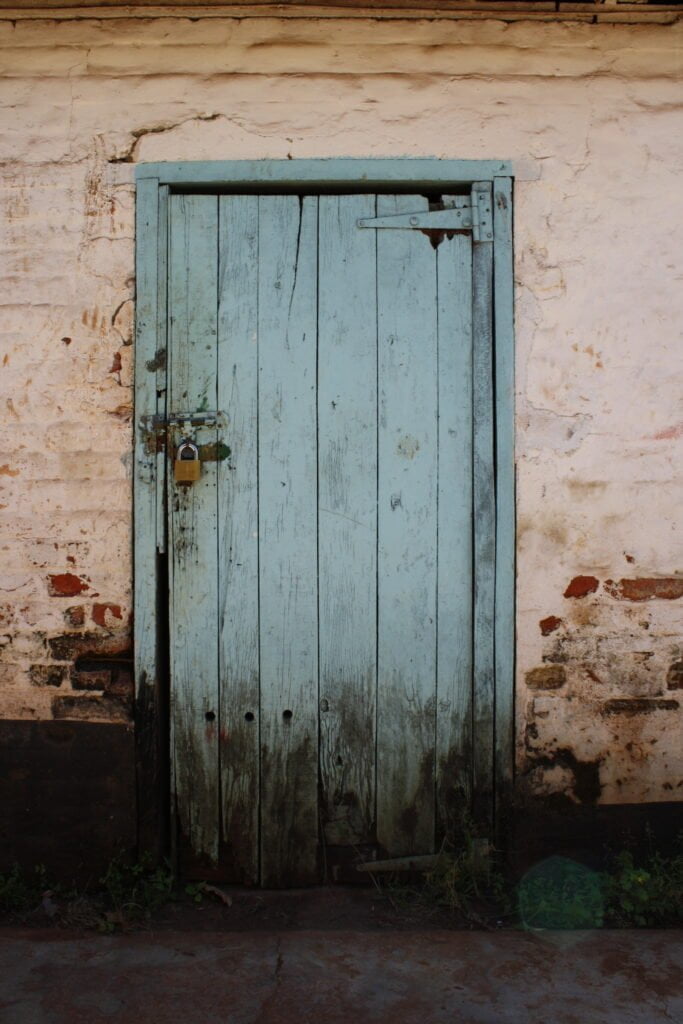
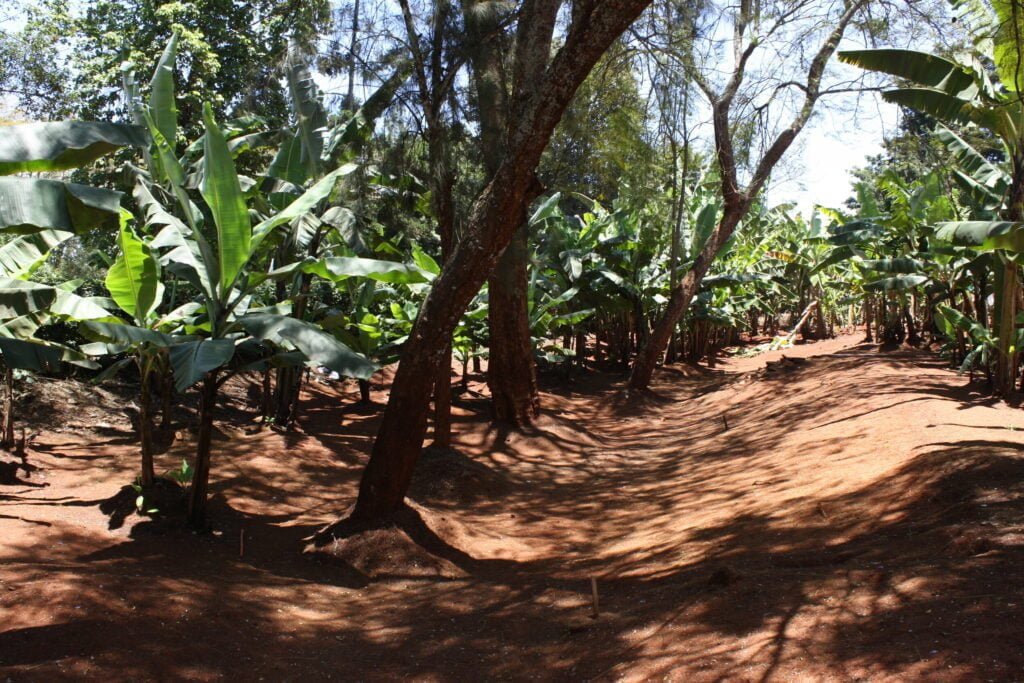
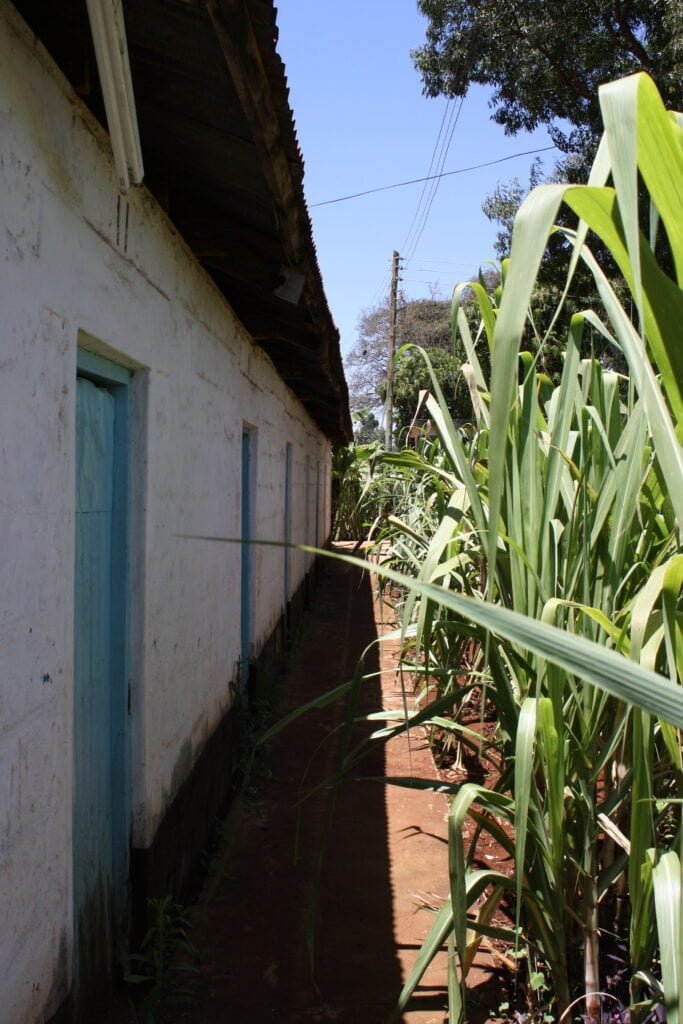
MWERU WORKS CAMP
(MWERU HIGH SCHOOL)
Like Aguthi, Mweru was also a works camp in the Central Region that has been turned into a high school – Mweru High School.
